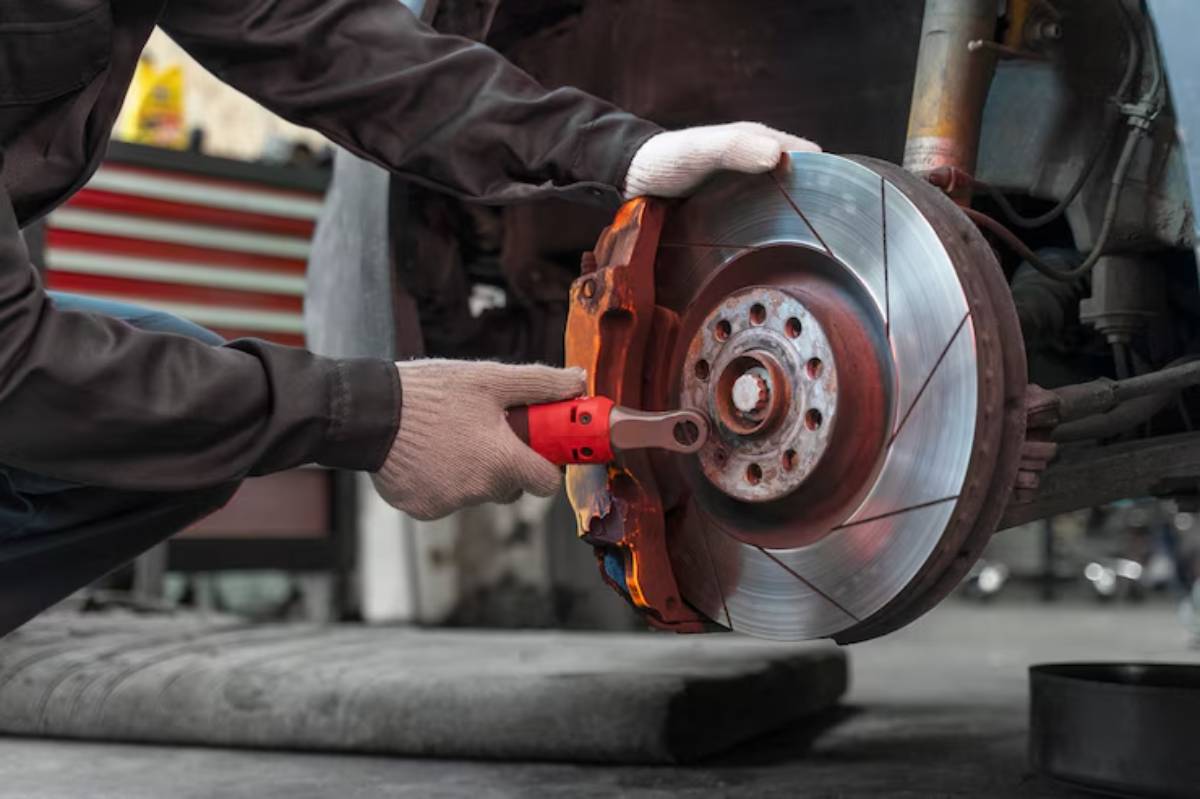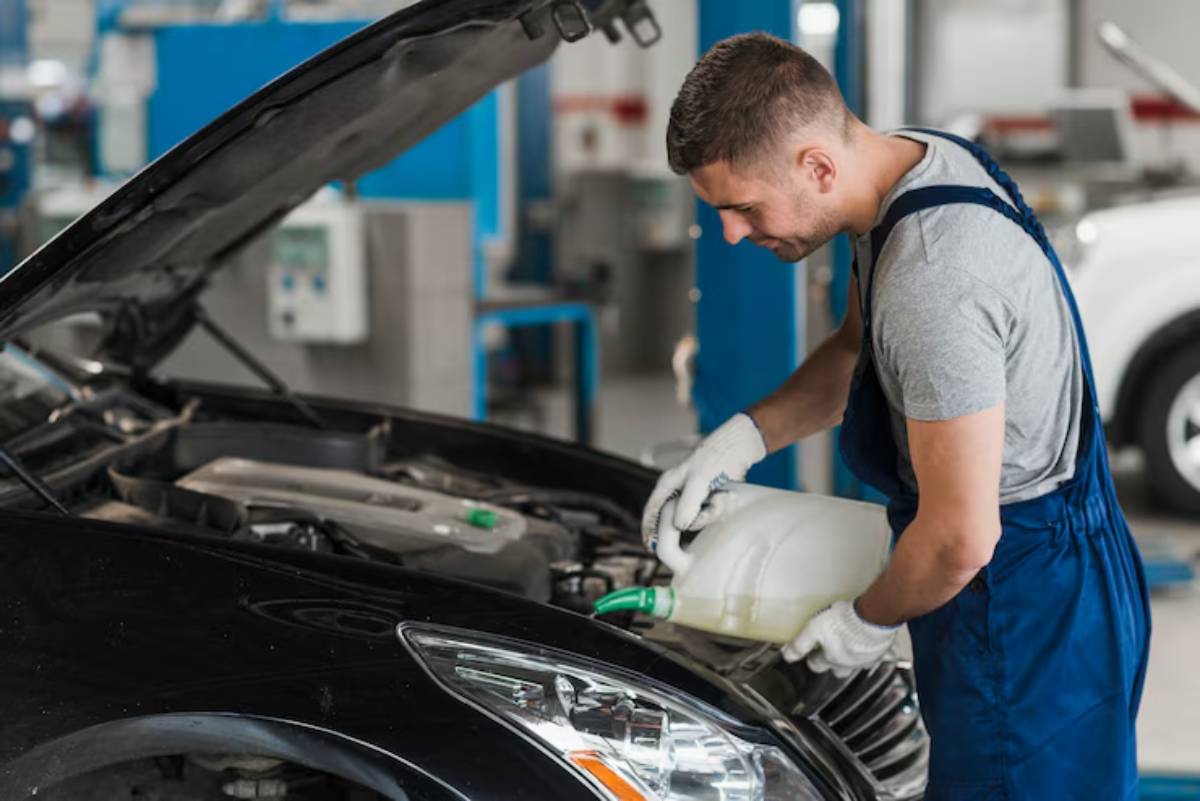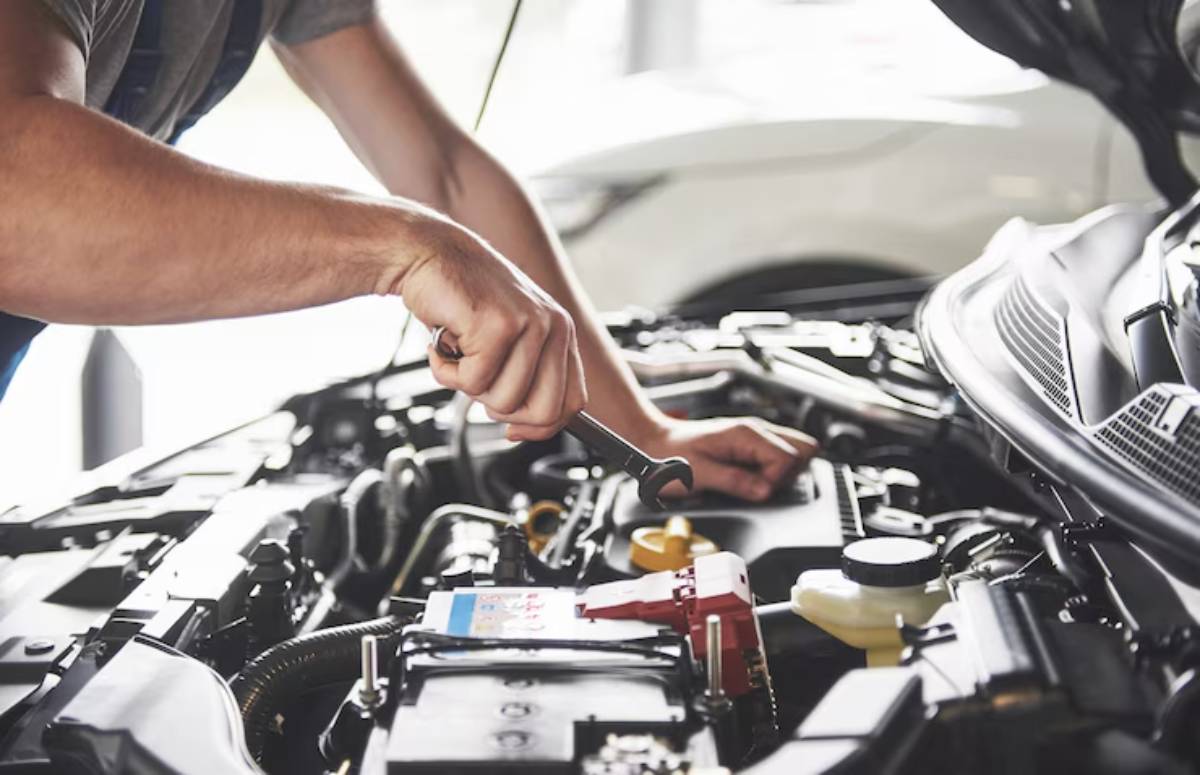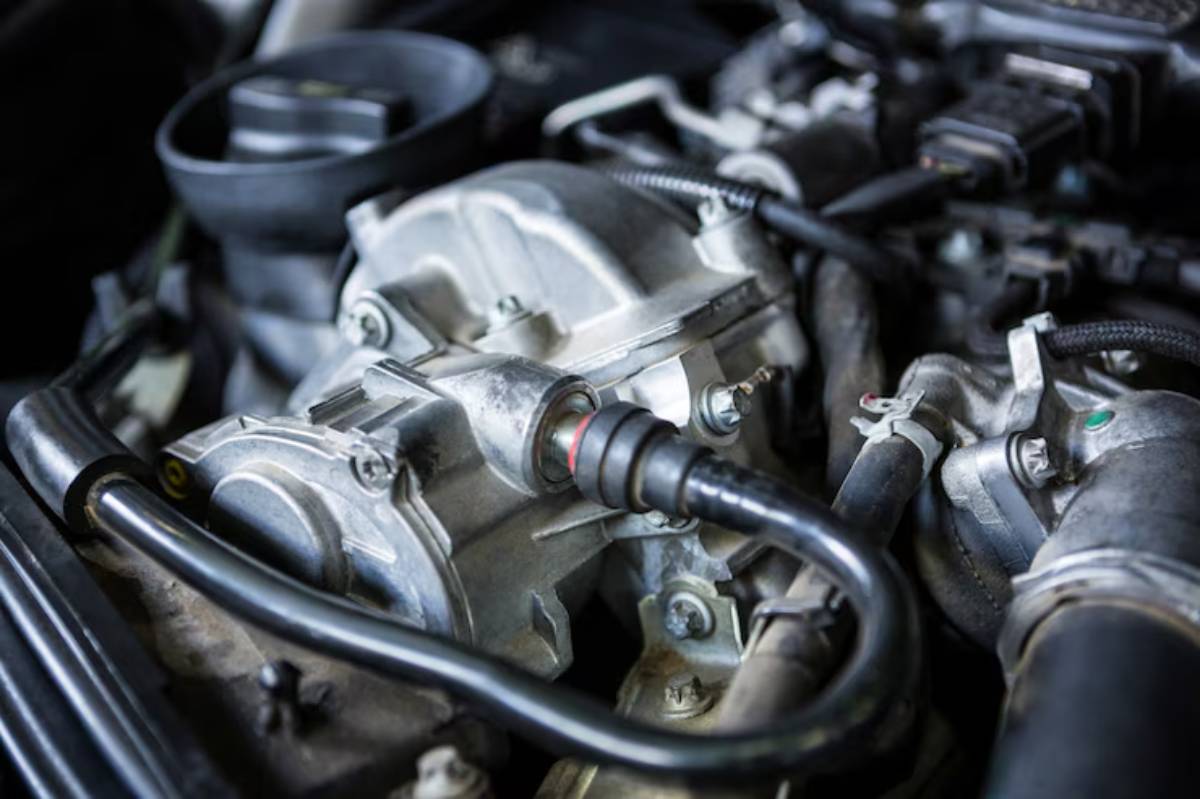
Tips for Maintaining a CVT in a Hybrid Car
If you own a hybrid vehicle, chances are you’re already ahead of the game when it comes to fuel efficiency and environmental responsibility. But there’s one component quietly working behind the scenes that’s essential to your smooth driving experience — the continuously variable transmission, or CVT.
Unlike traditional gearboxes, a CVT doesn’t have fixed gears. Instead, it delivers power through an ingenious system of belts or pulleys that adjust seamlessly to driving conditions. The result? Smoother acceleration, improved fuel economy, and fewer moving parts.
But here’s the catch — hybrid CVT care isn’t exactly the same as with petrol-only cars. While these transmissions are often touted as “low maintenance,” they’re not “no maintenance.” Ignoring routine checks can lead to reduced performance, costly repairs, or even premature failure.
In this guide, we’ll cover essential CVT maintenance tips, highlight the unique needs of hybrid models, and walk you through the best practices for transmission upkeep. Whether you drive a Toyota Prius, Honda Insight, or Hyundai Ioniq, these tips will help you keep your hybrid’s transmission running like a dream.
Understanding CVTs in Hybrid Cars
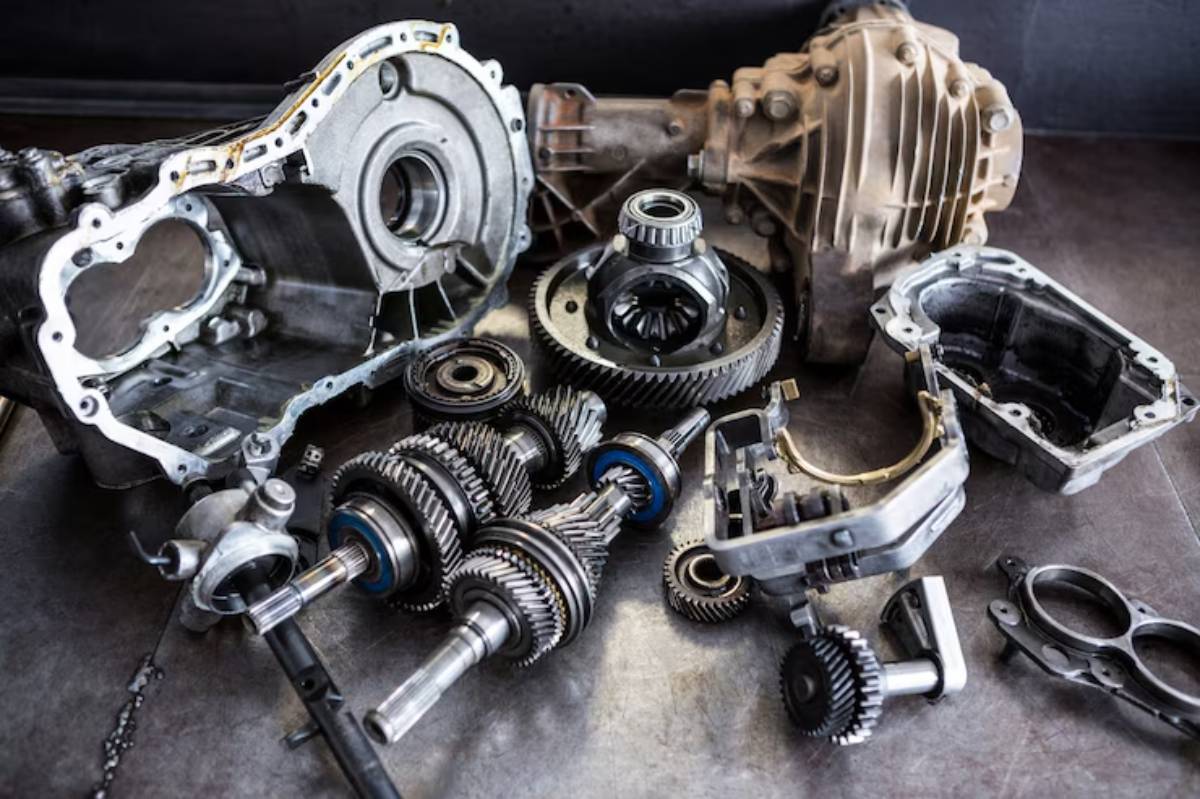
What Makes a CVT Different?
A CVT (continuously variable transmission) doesn’t rely on a set number of gears. Instead, it uses:
- A belt or chain connected to variable-diameter pulleys
- The ability to maintain optimal engine RPM for efficiency
- Smooth and continuous acceleration with no “gear shifts”
How Hybrids Use CVTs
Most hybrid CVTs are actually eCVTs (electronic CVTs) — often found in Toyota and Lexus hybrids. These systems:
- Blend petrol and electric power using a planetary gearset
- Coordinate engine RPM and electric motor input automatically
- Are controlled via software rather than mechanical linkages
Because hybrids constantly switch between engine and electric modes, the transmission is under unique load patterns that require specialised attention.
Top Tips for Hybrid CVT Care
Let’s break down practical, everyday steps you can take to preserve your hybrid’s transmission health.
1. Stick to the Manufacturer’s Service Schedule
It might sound basic, but many hybrid owners underestimate the importance of scheduled CVT servicing.
Why it matters:
- Fluid degradation leads to overheating
- Worn filters can clog and reduce fluid flow
- Ignoring intervals shortens your CVT’s lifespan
What to do:
- Check your owner’s manual for fluid change intervals (often every 50,000–100,000 km)
- Book servicing with a hybrid-certified technician
Example: Toyota recommends CVT fluid inspections at 96,000 km for most hybrid models, but that can vary depending on climate and driving style.
2. Use the Correct CVT Fluid — No Substitutes
Not all transmission fluids are created equal, and using the wrong one can cause damage.
Look for:
- OEM-specified fluid (e.g., Toyota WS fluid, Honda HCF-2)
- CVT-specific blends — not standard ATF or gear oil
Never mix fluids unless explicitly stated in your manual. Some additives claim to “improve” CVT function but can actually interfere with hybrid calibration.
Need a fluid guide? We’ve broken it down in Best Brake Fluids for Hybrid Systems, and the same level of caution applies to CVT fluids.
3. Watch for Early Warning Signs
Your hybrid won’t always scream for help — sometimes it just whispers.
Listen for or feel:
- Whining or humming noises under acceleration
- RPM surges without an increase in speed
- Shuddering when starting from a stop
- A delay when shifting from drive to reverse
These symptoms can point to slipping belts, overheating fluid, or failing solenoids.
Pro Tip: Use a hybrid-compatible OBD-II scanner to check for hidden transmission codes, especially if you see a “Check Hybrid System” warning.
4. Avoid Sudden Acceleration or Braking
CVTs shine with smooth, steady input. Harsh acceleration can strain the belt and pulleys, while sudden braking can reduce regenerative efficiency.
Drive smarter by:
- Accelerating gradually
- Allowing the regenerative system to slow the car before braking
- Using ECO mode when possible
This gentle approach helps extend both your CVT’s and your hybrid battery’s lifespan.
5. Keep the Transmission Cool
Overheating is one of the most common causes of CVT failure, especially in hybrids with compact power units.
What helps:
- Flushing fluid if it’s discoloured or smells burnt
- Keeping the cooling system clean (especially in plug-in hybrids or models with dedicated transaxle coolers)
- Parking in shade or using heat shields in extreme climates
If you live in a hot region or regularly tow loads, ask your technician about adding an aftermarket transmission cooler — it can make a real difference.
6. Don’t Ignore Software Updates
Modern CVTs rely on transmission control modules (TCMs), which are basically a computer brain that learns your driving style and manages power flow.
Why it matters:
- Outdated software can cause poor shifting or reduced efficiency
- Updates often improve reliability and regen brake integration
What to do:
- Ask your dealer during every service if software updates are available
- If your CVT feels jerky, a reprogram might be all that’s needed
CVT Maintenance Myths Debunked
There’s a lot of misinformation floating around about hybrid CVTs. Let’s bust some common myths.
Myth 1: CVTs Are Maintenance-Free
No transmission is truly maintenance-free. Hybrid CVTs need fluid changes and periodic diagnostics, just like any other component.
Myth 2: You Can Use Any ATF Fluid
False. Using the wrong fluid can lead to poor performance and internal damage. Always use OEM-approved CVT fluid.
Myth 3: CVTs Don’t Fail
While hybrid CVTs are generally durable, they’re not immune to problems, especially if neglected.
When to Replace Your CVT Fluid (and How to Tell)
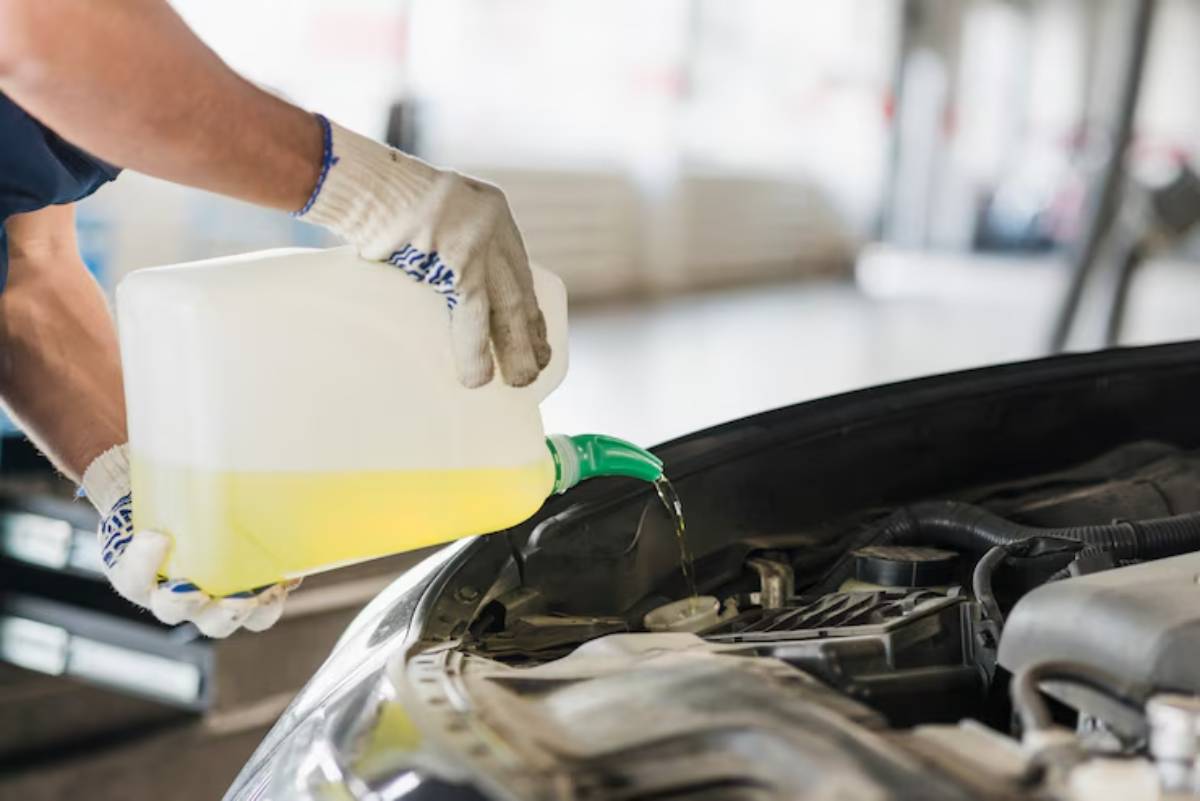
Warning Signs You’re Overdue:
- Fluid is dark brown or smells burnt
- Shifts are sluggish or delayed
- You feel shuddering at low speeds
- You’ve hit the mileage limit (check manual)
How It’s Done:
- The technician lifts the vehicle and accesses CVT pan
- Fluid is drained or flushed, depending on the method
- The filter or screen is cleaned or replaced
- Fresh fluid is added, andthe level is calibrated (often using special tools)
This process is fairly simple for models like the Prius. Others, like the Nissan e-POWER system, may require more advanced tools.
CVT Care by Driving Condition
Your driving environment plays a big role in transmission health.
City Driving
- Frequent stop-start cycles
- Regen braking plays a major role
- Change fluid more frequently (every 50,000 km)
Motorway Driving
- Steady-state speeds are easier on the CVT
- Check fluid condition around 90,000–100,000 km
Hills and Mountains
- Use “B” mode when descending
- Avoid riding the brakes — rely on regen
Is a CVT Still Worth It in 2025?
Absolutely — if maintained properly.
Benefits:
- Fewer mechanical parts = less friction and wear
- Smooth power delivery
- Superior fuel efficiency in urban settings
- Perfect pairing with hybrid electric motors
With the rise of hybrid and plug-in hybrid vehicles, CVTs are more refined than ever. Proper transmission upkeep is key to long-term satisfaction.
Conclusion: Keep Your CVT Smooth, and It’ll Keep You Moving
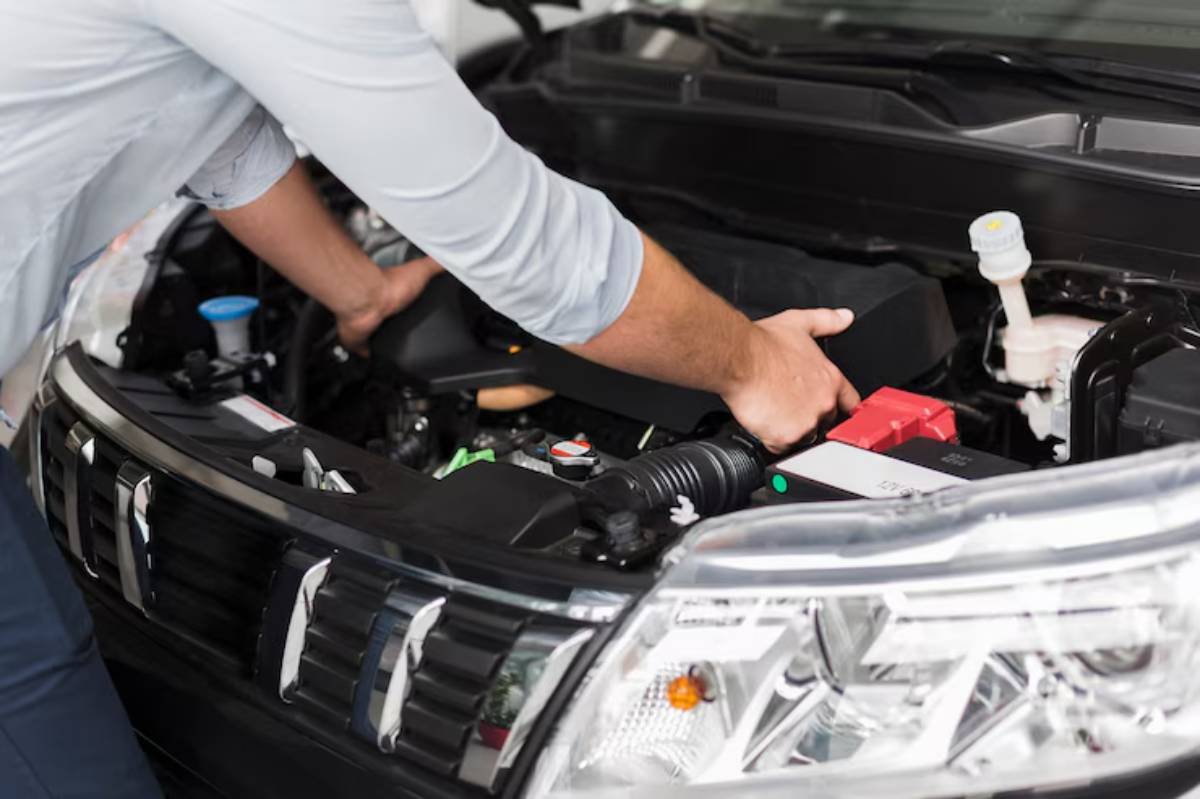
Your hybrid’s CVT is a work of engineering brilliance. It seamlessly blends electric and petrol power to deliver the performance, efficiency, and comfort that make hybrids such a smart choice.
But even the smartest systems need a bit of care.
By following these CVT maintenance tips — from fluid changes to driving habits — you’ll keep your hybrid transmission healthy for the long haul. You’ll also enjoy better performance, lower running costs, and a quieter, smoother ride.
Ready to take the next step?
- Check your hybrid’s service schedule today
- Inspect your transmission fluid — or book a professional check-up
- Share this guide with other hybrid owners who might not know how important CVT care is
And if you’re curious about broader hybrid upkeep, don’t miss our post on How Hybrid Transmissions Differ from Gas Cars — it’s a great companion read.
